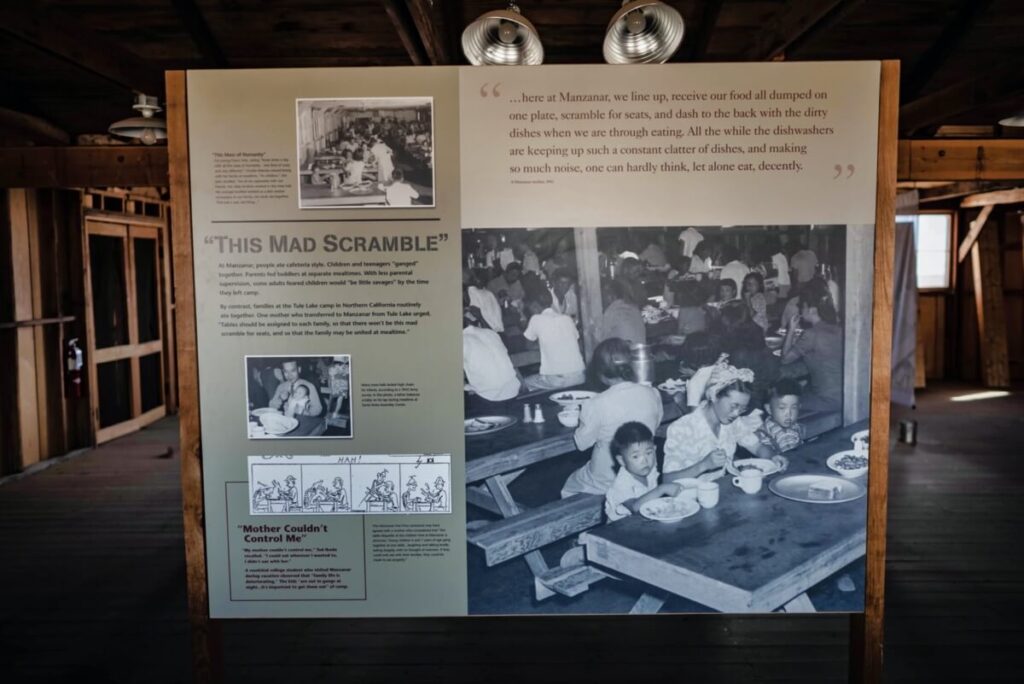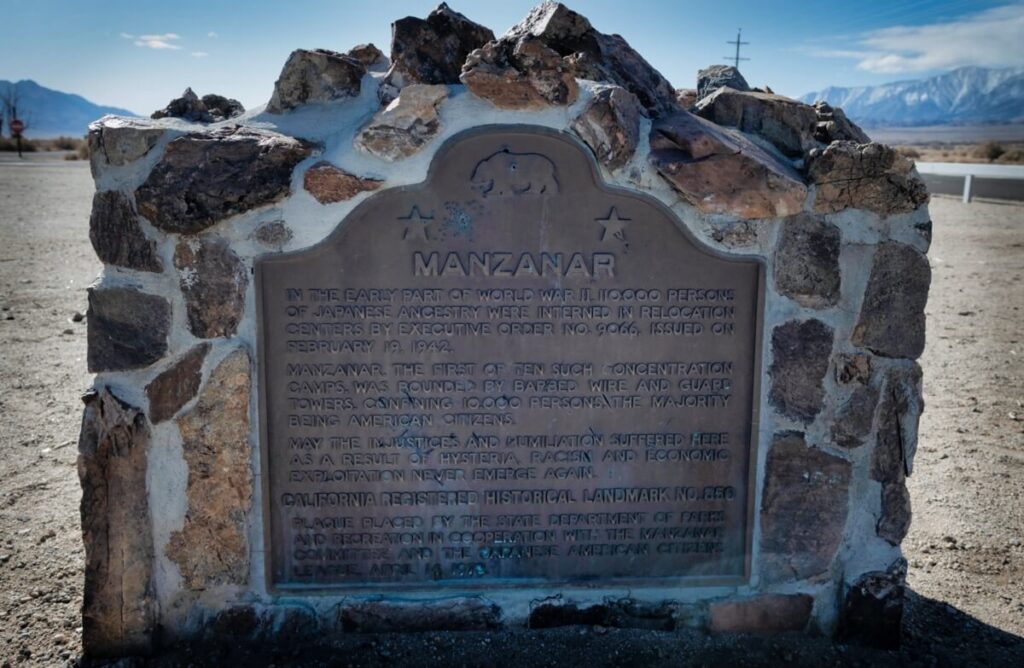
Manuel Ortiz (@ManuOrtizE). Península 360 Press [P360P].
El artista Giichi Matsumura fue una de las 110 mil personas de ascendencia japonesa que, sin haber cometido delito alguno, el gobierno de los Estados Unidos encerró y obligó a vivir en condiciones deplorables en diez campos de concentración militarizados en zonas remotas del país durante la Segunda Guerra Mundial.
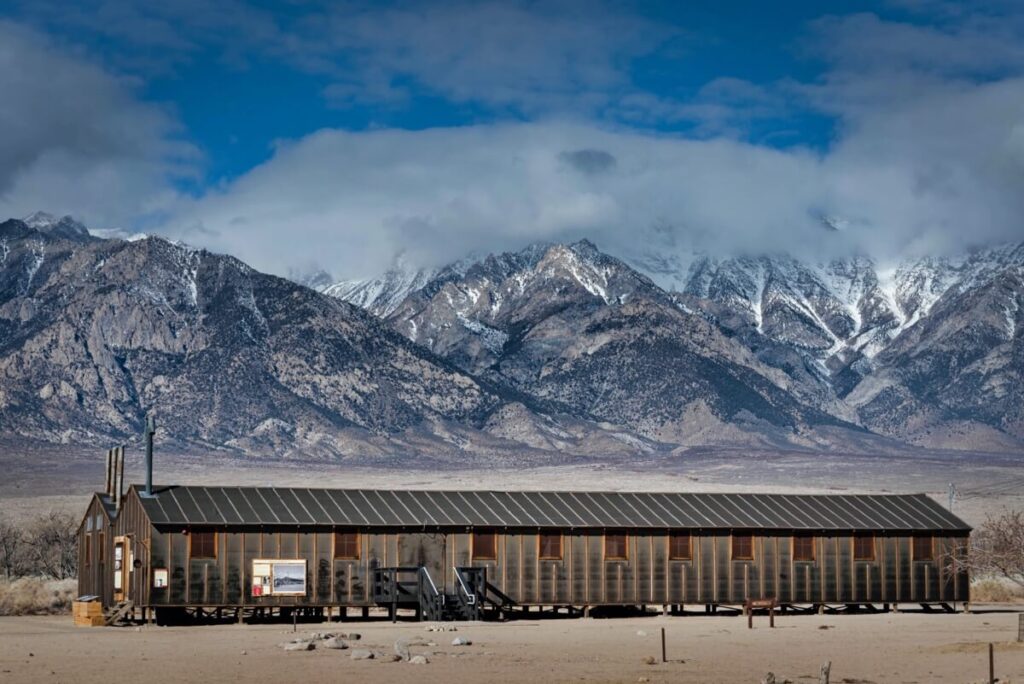

Los campos de concentración se instalaron en lugares con condiciones climáticas extremosas de California, Arizona, Arkansas, Colorado y Wyoming. A Matsumura lo enviaron en 1942, junto con su familia, al inhóspito campo de Manzanar, ubicado en el desierto de California.
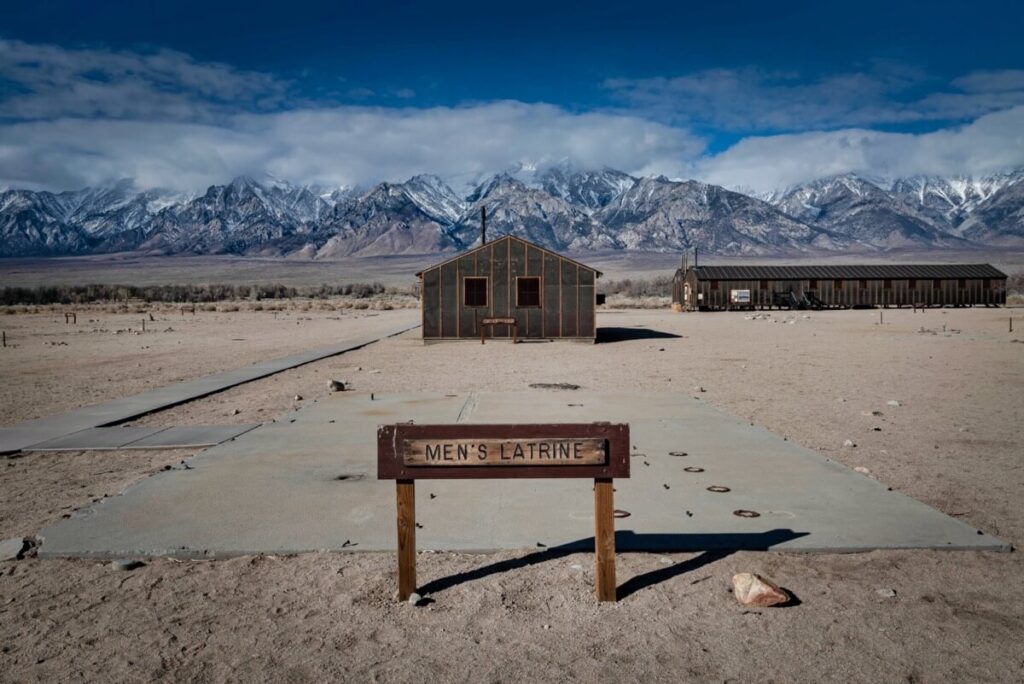
Los veranos en Manzanar alcanzan los 43 °C (110 °F), mientras que en invierno las temperaturas caen por debajo del punto de congelación, con ráfagas de aire helado que bajan de la Sierra Nevada ubicada como insuperable muralla a un costado del campo.
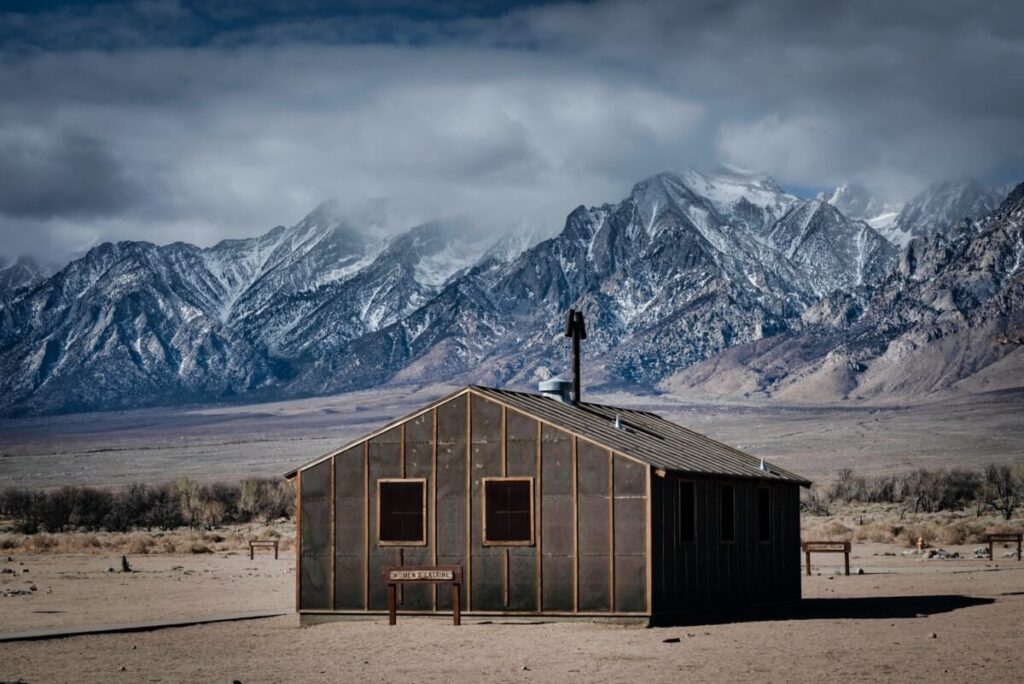
La orden para crear campos de concentración de japoneses se dio luego del ataque de Japón a Pearl Harbor en diciembre de 1941. Con esta excusa, el presidente Franklin D. Roosevelt firmó la orden ejecutiva 9066 para que todas las personas de ascendencia japonesa, de cualquier edad y sin ningún antecedente criminal, fueran encerradas por ser considerados «una raza enemiga».
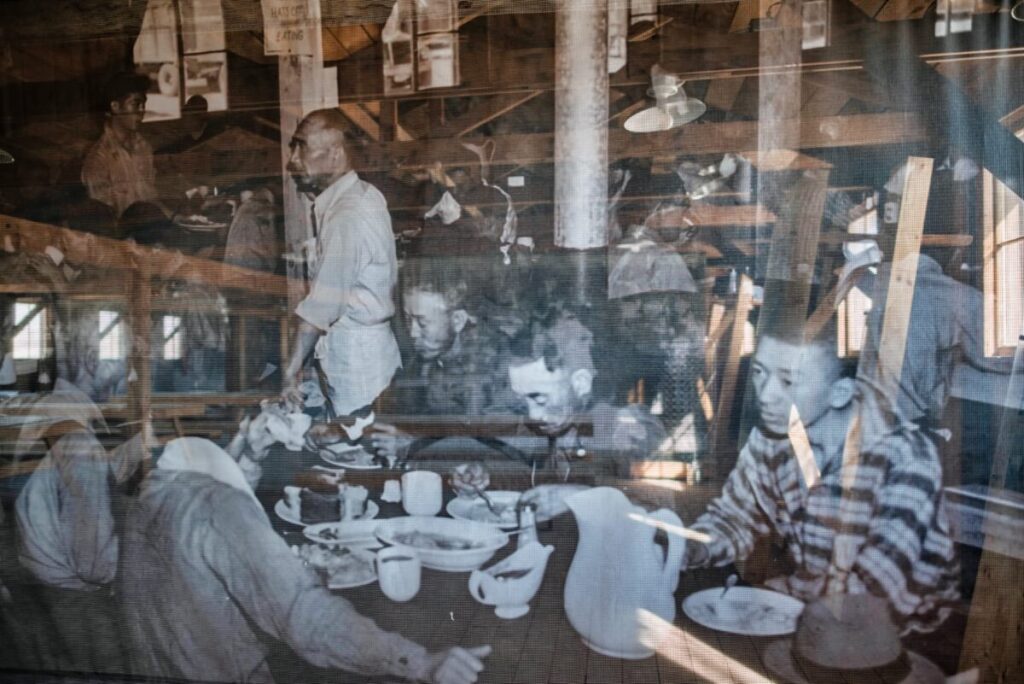
El encierro forzado fue devastador porque desintegró muchas familias y destruyó cientos de vidas, recordó en un artículo de la revista Foreing Policy el actor George Takei, quien en su momento se pronunció en contra de los centros de detención de migrantes latinoamericanos y la separación familiar creados por el expresidente Donald Trump en la frontera entre los EE. UU. y México.
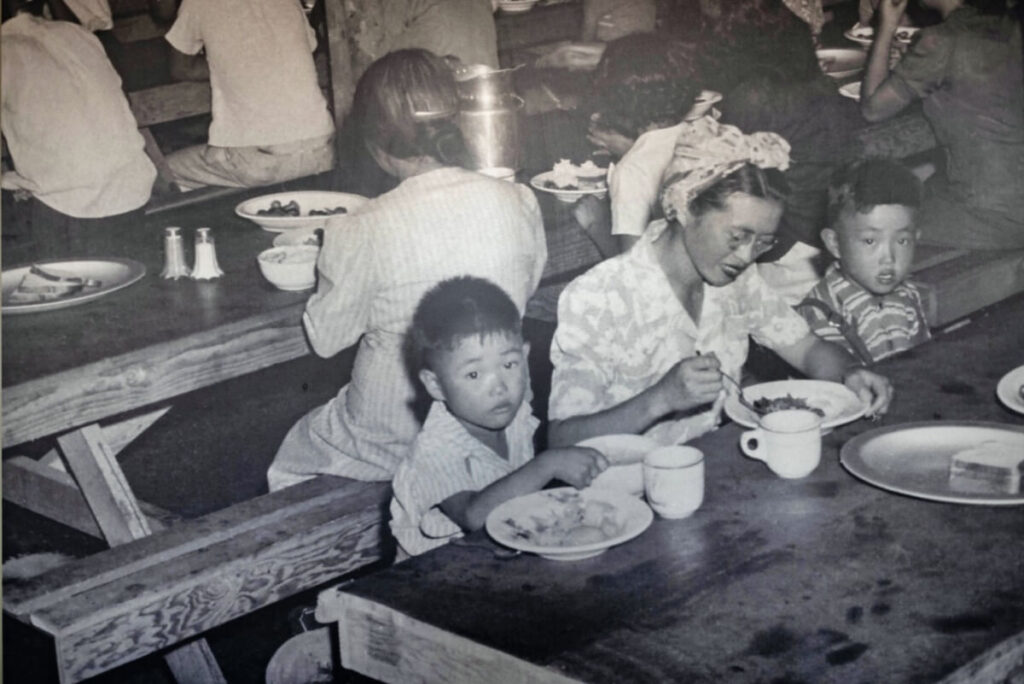
Así, en condiciones deplorables, hacinado junto con hombres, mujeres y niños inocentes en barracas con paredes de madera sin aislamiento térmico, víctimas del odio y la violación de sus más básicos derechos civiles y humanos, pasó sus últimos días Matsumura. Murió misteriosamente en agosto de 1945 en las faldas de la Sierra Nevada a donde supuestamente iba con amigos a dibujar.

Algunos aseguran que Matsumura se aparece en la Sierra Nevada y por eso se le nombró el «fantasma de Manzanar», un fantasma que hoy, ante el descomunal incremento de los ataques de odio contra las comunidades asiáticas, se aparece en todo el país para recordarnos que este odio, promovido en los últimos años por Trump, es histórico y ha sido la causa de algunos de los episodios más sombríos y vergonzosos en los EE. UU., como la masacre de Atlanta, donde ocho mujeres asiáticas fueron ejecutadas.
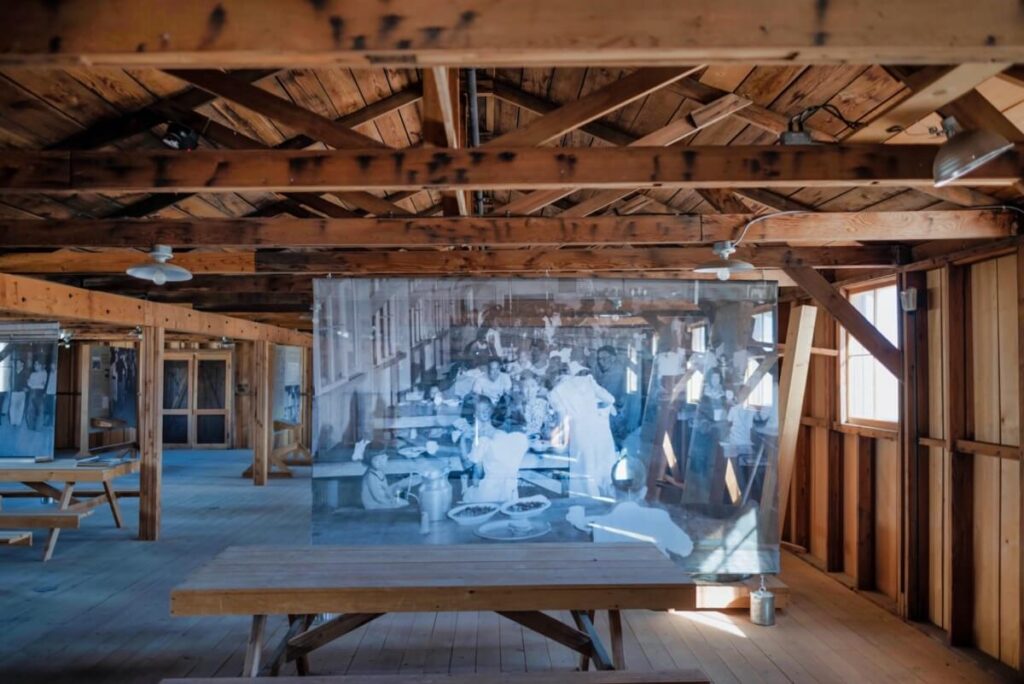
Manzanar, que fuese antes uno de los campos de concentración estadounidense es, ahora, un museo dedicado a la memoria de las 110 mil personas de ascendencia japonesa encarcelados; en la actualidad, es considerado como Sitio Histórico Nacional.
